Class 12 History – Chapter 7: An Imperial Capital – Vijayanagara (MCQs)
🔹 Q 1–10: Simple Fact-Based MCQs
Q1. Who founded the city of Vijayanagara?
A) Bukka Raya and Harihara
B) Krishnadeva Raya
C) Achyuta Deva Raya
D) Deva Raya I
Answer: A
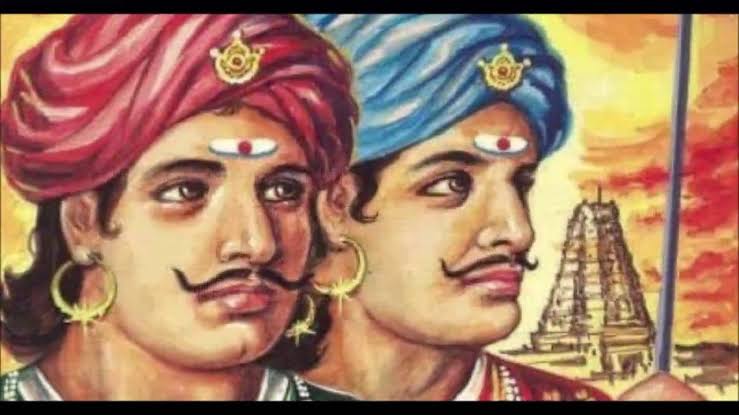
Q2. The city of Vijayanagara was located on the banks of which river?
A) Godavari
B) Krishna
C) Tungabhadra
D) Kaveri
Answer: C
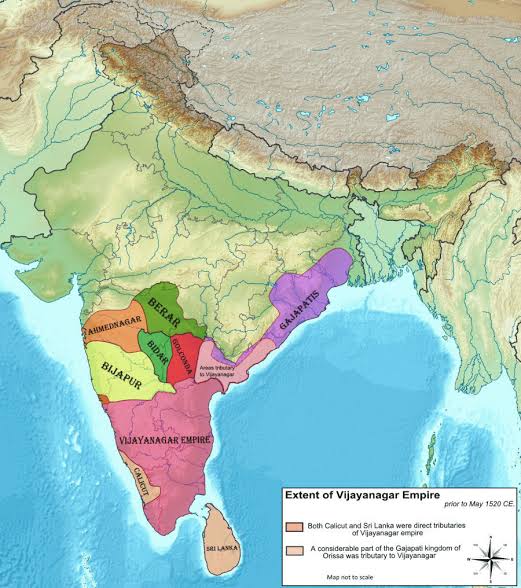
Q3. Which of the following dynasties ruled Vijayanagara last?
A) Sangama
B) Saluva
C) Tuluva
D) Aravidu
Answer: D
Q4. Who was the greatest ruler of the Tuluva dynasty?
A) Bukka Raya
B) Krishnadeva Raya
C) Deva Raya II
D) Rama Raya
Answer: B
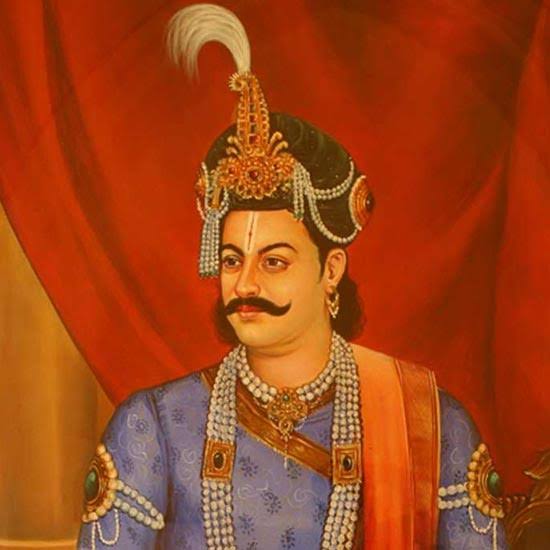
Q5. The architectural style of Vijayanagara temples was influenced by which regional style?
A) Mughal
B) Indo-Greek
C) Chola
D) Maurya
Answer: C
Q6. Which foreign traveller visited Vijayanagara in the 15th century and wrote about it?
A) Ibn Battuta
B) Nicolo Conti
C) Al-Biruni
D) Francois Bernier
Answer: B
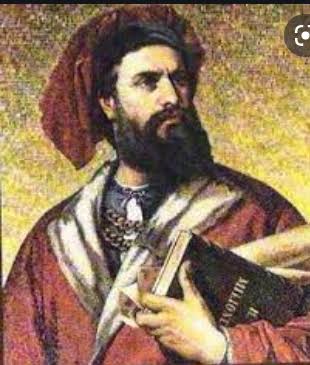
Q 7. The Battle of Talikota took place in the year:
A) 1496
B) 1565
C) 1500
D) 1540
Answer: B
Q8. Which structure is an example of a secular building in Vijayanagara?
A) Virupaksha Temple
B) Lotus Mahal
C) Vithala Temple
D) Hazara Rama Temple
Answer: B
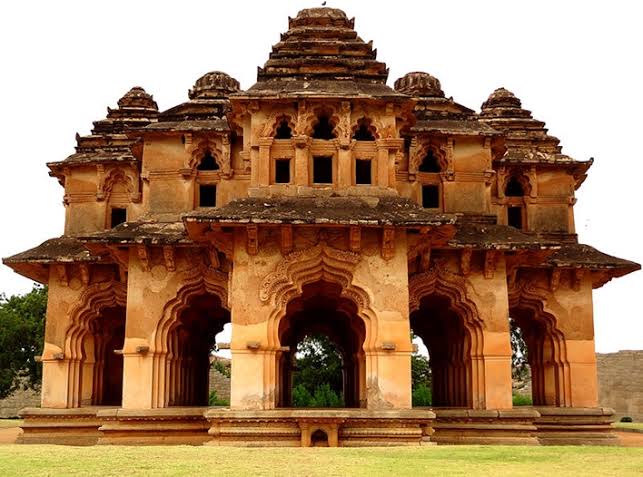
Q9. Which temple in Vijayanagara is known for its musical pillars?
A) Virupaksha Temple
B) Hazara Rama Temple
C) Vithala Temple
D) Achyutaraya Temple
Answer: C
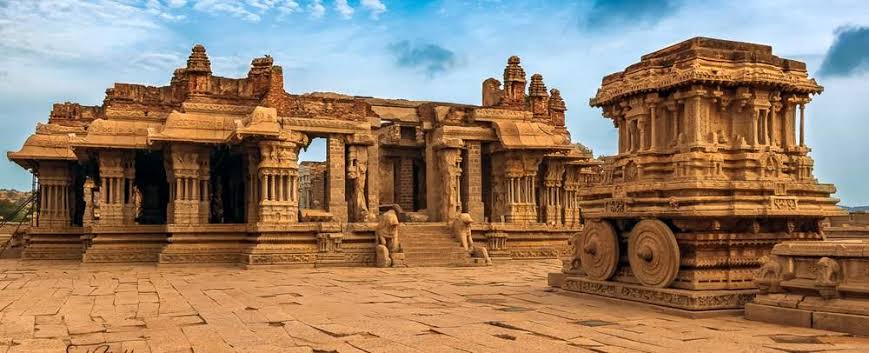
Q10. Who wrote Amuktamalyada?
A) Harihara
B) Krishnadeva Raya
C) Deva Raya II
D) Achyuta Raya
Answer: B
🔹 11–20: Assertion and Reason MCQs
Q11. Assertion (A): Krishnadeva Raya maintained friendly relations with the Portuguese.
Reason (R): The Portuguese provided horses and military aid to Vijayanagara.
A) A and R both are true, and R is the correct explanation of A.
B) A and R both are true, but R is not the correct explanation of A.
C) A is true, but R is false.
D) A is false, but R is true.
Answer: A
Q12. Assertion (A): Royal portrait sculptures are found in the Hazara Rama temple.
Reason (R): It was used only as a religious structure.
A) A and R both are true, and R is the correct explanation.
B) A and R both are true, but R is not the correct explanation.
C) A is true, but R is false.
D) A is false, but R is true.
Answer: C
Q13. Assertion (A): Temples in Vijayanagara served as centres of economic and cultural activities.
Reason (R): Temples received land grants and gifts from rulers and nobles.
A) A and R both are true, and R is the correct explanation.
B) A and R both are true, but R is not the correct explanation.
C) A is true, but R is false.
D) A is false, but R is true.
Answer: A
Q14. Assertion (A): The Virupaksha temple was the only temple used during the Vijayanagara period.
Reason (R): All other temples were built after the fall of Vijayanagara.
A) Both A and R are true, and R is the correct explanation.
B) Both A and R are true, but R is not the correct explanation.
C) A is true, R is false.
D) A is false, R is false.
Answer: D
Q15. Assertion (A): The rulers of Vijayanagara adopted the title ‘Hindu Suratrana’.
Reason (R): They wanted to assert their identity against Islamic rulers.
A) Both A and R are true and R is the correct explanation.
B) Both A and R are true but R is not the correct explanation.
C) A is true, R is false.
D) A is false, R is true.
Answer: A
Q16. Assertion (A): Water management was a major concern in Vijayanagara.
Reason (R): The region had no natural water sources.
A) Both A and R are true, and R is the correct explanation of A.
B) Both A and R are true, but R is not the correct explanation of A.
C) A is true, R is false.
D) A is false, R is true.
Answer: C
Q,17. Assertion (A): Agricultural prosperity supported urban development in Vijayanagara.
Reason (R): The rulers constructed tanks and canals for irrigation.
A) A and R both are true, and R is the correct explanation.
B) A and R both are true, but R is not the correct explanation.
C) A is true, R is false.
D) A is false, R is true.
Answer: A
Q18. Assertion (A): The Nayakas were powerful feudal lords under Vijayanagara rulers.
Reason (R): They collected taxes and maintained military forces.
A) A and R both are true, and R is the correct explanation.
B) A and R both are true, but R is not the correct explanation.
C) A is true, R is false.
D) A is false, R is true.
Answer: A
Q19. Assertion (A): Vijayanagara rulers built massive fortifications.
Reason (R): To protect the city from natural disasters.
A) Both A and R are true, and R is the correct explanation.
B) Both A and R are true, but R is not the correct explanation.
C) A is true, R is false.
D) A is false, R is true.
Answer: C
Q20. Assertion (A): The Battle of Talikota was a turning point in South Indian history.
Reason (R): It led to the destruction of Vijayanagara city.
A) A and R both are true, and R is the correct explanation.
B) A and R both are true, but R is not the correct explanation.
C) A is true, R is false.
D) A is false, R is true.
Answer: A
🔹 21–30: Match the Following / Chronology / Statement-Based
Q21. Match the following:
List I (Monument) List II (Feature)
A. Lotus Mahal 1. Musical pillars
B. Vithala Temple 2. Indo-Islamic style
C. Hazara Rama 3. Bas-reliefs of Ramayana
D. Mahanavami Dibba 4. Royal platform
Choose the correct pair:
A) A-2, B-1, C-3, D-4
B) A-1, B-3, C-2, D-4
C) A-4, B-2, C-1, D-3
D) A-3, B-4, C-1, D-2
Answer: A
Q22. Arrange in chronological order:
Battle of Talikota
Krishnadeva Raya’s reign
Foundation of Vijayanagara
Visit of Nicolo Conti
A) 3, 4, 2, 1
B) 2, 3, 1, 4
C) 1, 2, 4, 3
D) 4, 3, 2, 1
Answer: A
Q23. Which of the following is/are true about Mahanavami Dibba?

I. It was used for public celebrations
II. Foreign travellers have described it
III. It housed temples only
IV. It had a high platform and audience hall
A) I, II, and IV
B) I and III only
C) II and III only
D) All of the above
Answer: A
Q24. Statement I: Vijayanagara rulers encouraged trade with the Portuguese.
Statement II: Horses were imported from Central Asia through sea routes.
A) Both statements are correct.
B) Only I is correct.
C) Only II is correct.
D) Both are incorrect.
Answer: A
Q25. Which of the following does NOT match?
A) Rayas – Kings
B) Nayakas – Military chiefs
C) Gopuram – Palace
D) Mandapa – Pillared hall
Answer: C
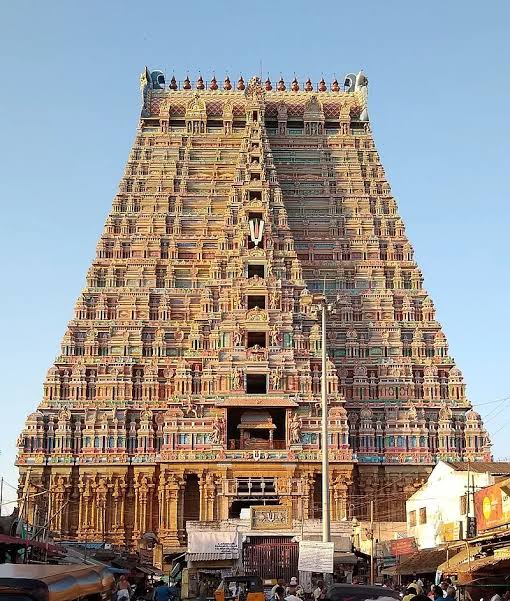
🔹 26–35: Source/Excerpt-Based MCQs
Q26. Source: Domingo Paes wrote that the city had a large population and markets.
What does this indicate about Vijayanagara?
A) It was rural in nature
B) It had no trade
C) It was a well-planned urban centre
D) It was only a religious city
Answer: C
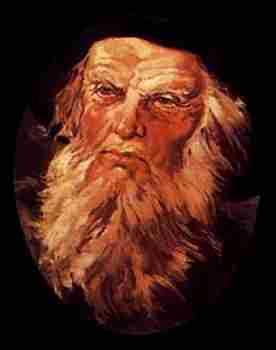
Q27. Who said: “The city is as large as Rome and very beautiful…”
A) Ibn Battuta
B) Abdur Razzaq
C) Domingo Paes
D) Francois Bernier
Answer: C
Q28. Domingo Paes was from:
A) Italy
B) Spain
C) Portugal
D) France
Answer: C
Q29. What did Abdur Razzaq observe in Vijayanagara?
A) Temples and idols only
B) Military training
C) Marketplaces and grandeur
D) Poverty and ruin
Answer: C
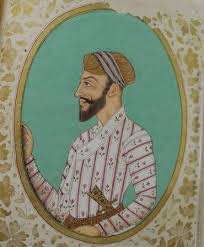
Q30. According to foreign travellers, what was sold in Vijayanagara markets?
A) Diamonds
B) Slaves
C) Opium
D) None of these
Answer: A
🔹 31–50: Conceptual, Theme-Based, NCERT Direct MCQs
Q31. The term ‘gopuram’ refers to:
A) Temple tank
B) Temple gateway tower
C) Royal throne
D) Market area
Answer: B
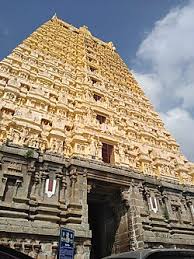
Q32. The sacred centre of Vijayanagara includes all EXCEPT:
A) Virupaksha Temple
B) Vithala Temple
C) Mahanavami Dibba
D) Achyutaraya Temple
Answer: C
Q33. Which was the capital of the Vijayanagara Empire?
A) Warangal
B) Hampi
C) Madurai
D) Bijapur
Answer: B
Q34. Which military technology was used in the Battle of Talikota?
A) Cannons
B) Ballistas
C) Nuclear bombs
D) War elephants only
Answer: A
Q35. Nayaka system is best described as:
A) Religious hierarchy
B) Temple administration
C) Feudal military governance
D) Art style
Answer: C
Q36. In what way did temples influence Vijayanagara economy?
A) No economic role
B) Controlled trade routes
C) Acted as banking and redistribution centres
D) Used for military training
Answer: C
Q37. Temples were not just religious centres but also:
A) Tourist spots only
B) Political and cultural hubs
C) Used only for Brahmins
D) Empty structures
Answer: B
Q38. The king Krishandev Rai adopted titles such as:
A) Shah
B) Hindu Suratrana
C) Sultan
D) Nawab
Answer: B
Q39. Gajashalas were:
A) Warehouses
B) Elephant stables
C) Temples
D) Water tanks
Answer: B
Q40. What was unique about Vithala Temple?
A) Round sanctum
B) Chariot-shaped structure
C) No entrance
D) Located on hilltop
Answer: B
Q41. The Amuktamalyada by Krishnadeva Raya is written in:
A) Kannada
B) Telugu
C) Sanskrit
D) Tamil
Answer: B
Q42. The area around Hampi is rich in:
A) Alluvial soil
B) Granite
C) Gold
D) Cotton fields
Answer: B
Q43. Name the practice where rulers gave lands to Brahmanas.
A) Jizya
B) Iqtadari
C) Brahmadeya
D) Ryotwari
Answer: C
Q44. Which source provides visual evidence of Ramayana scenes?
A) Hazara Rama Temple walls
B) Mahanavami Dibba
C) Lotus Mahal
D) Gajashala
Answer: A
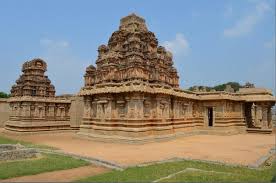
Q45. The defeat of Vijayanagara was due to alliance of:
A) Hindu rulers
B) Mughals
C) Deccan Sultanates
D) Marathas
Answer: C
Q46. Which European power influenced Vijayanagara politics?
A) British
B) Portuguese
C) Dutch
D) French
Answer: B
Q47. The Raya Gopurams were added during the reign of:
A) Bukka Raya
B) Deva Raya
C) Krishnadeva Raya
D) Harihara
Answer: C
Q48. The city planning of Vijayanagara included:
A) Only temples
B) Sectors with roads, tanks, and markets
C) Forts only
D) No planning at all
Answer: B
Q49. The Nayaka system weakened the empire because:
A) They refused military aid
B) They became independent
C) They destroyed temples
D) They sided with Mughals
Answer: B
Q50. Who took advantage of internal conflicts and attacked Vijayanagara in 1565?
A) British
B) Bahmani Kingdom
C) Deccan Sultanates
D) Mughal Empire
Answer: C







